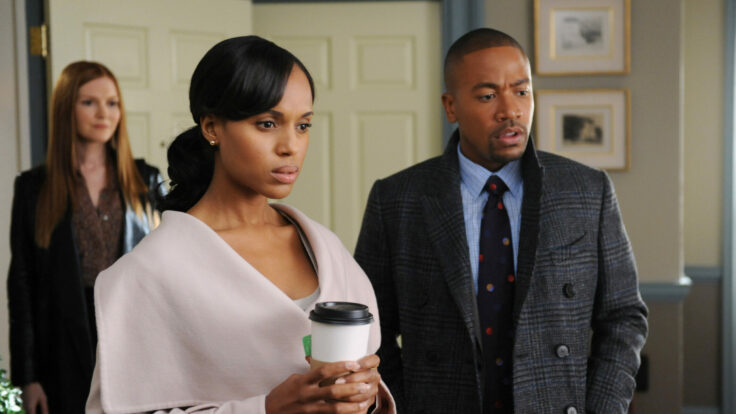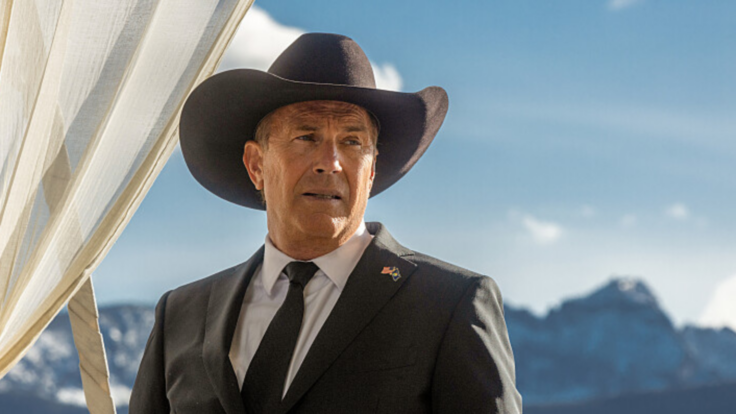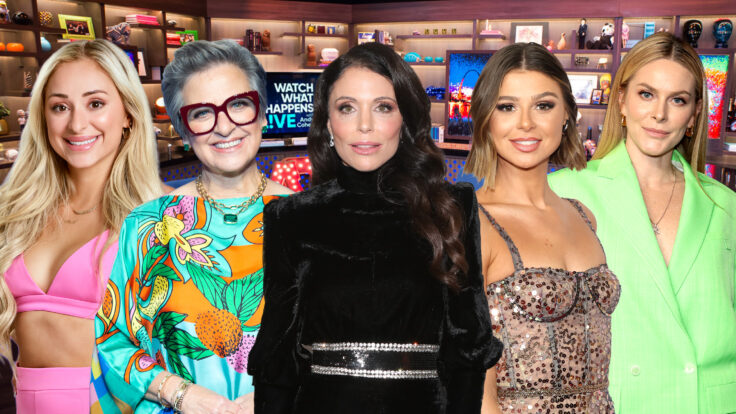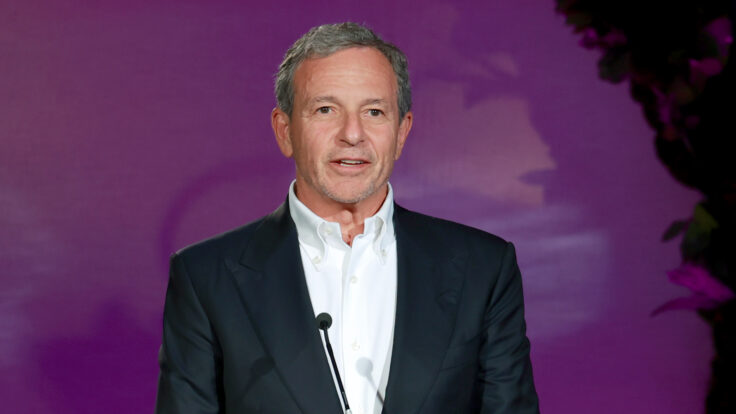OK, but what else have you got? It might be strange to say that about Disney+, which sits at 118 million subscribers after exactly two years of existence. Its family programming amounted to nearly 17 percent of total “demand share” for kids content in the U.S. during October, according to Parrot Analytics data, second only to Nickelodeon. At the same time, each live-action Marvel and Star Wars series on Disney+ became the most in-demand show globally within weeks—and in some cases days—of premiering, far outpacing competitors.
Except that is the question these days. During the company’s Q4 earnings call yesterday, Disney C.E.O Bob Chapek revealed a notable Disney+ subscriber slowdown, adding just over 2 million customers in the quarter. Questions are growing about the scalability of the service, as well as the nearly 40 percent of subs coming from Disney+ HotStar in India, where revenue per subscriber is lower, and where usage is driven by regional sports that could be scooped up by a rival.

















